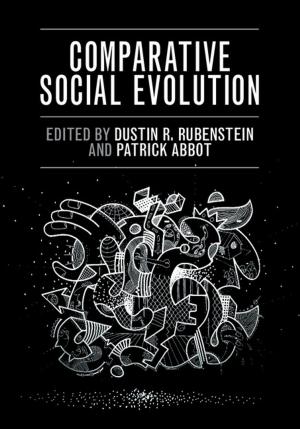Binomials in the History of English
Fixed and Flexible
Nonfiction, Reference & Language, Language Arts, Linguistics| Author: | ISBN: | 9781108506229 | |
| Publisher: | Cambridge University Press | Publication: | July 3, 2017 |
| Imprint: | Cambridge University Press | Language: | English |
| Author: | |
| ISBN: | 9781108506229 |
| Publisher: | Cambridge University Press |
| Publication: | July 3, 2017 |
| Imprint: | Cambridge University Press |
| Language: | English |
Binomials, such as for and against, dead or alive, to have and to hold, can be broadly defined as two words belonging to the same grammatical category and linked by a semantic relationship. They are an important phraseological phenomenon present throughout the history of the English language. This volume offers a range of studies on binomials, their types and functions from Old English through to the present day. Searching for motivations and characteristic features of binomials in a particular genre or writer, the chapters engage with many linguistic levels of analysis, such as phonology or semantics, and explore the important role of translation. Drawing on philological and corpus-linguistic approaches, the authors employ qualitative and quantitative methods, setting the discussion firmly in the extra-linguistic context. Binomials and their extended forms - multinomials - emerge from these discussions as an important phraseological tool, with rich applications and complex motivations.
Binomials, such as for and against, dead or alive, to have and to hold, can be broadly defined as two words belonging to the same grammatical category and linked by a semantic relationship. They are an important phraseological phenomenon present throughout the history of the English language. This volume offers a range of studies on binomials, their types and functions from Old English through to the present day. Searching for motivations and characteristic features of binomials in a particular genre or writer, the chapters engage with many linguistic levels of analysis, such as phonology or semantics, and explore the important role of translation. Drawing on philological and corpus-linguistic approaches, the authors employ qualitative and quantitative methods, setting the discussion firmly in the extra-linguistic context. Binomials and their extended forms - multinomials - emerge from these discussions as an important phraseological tool, with rich applications and complex motivations.















